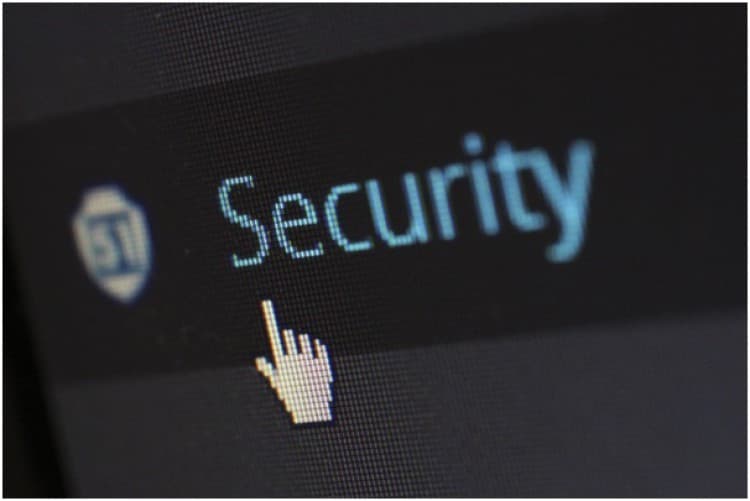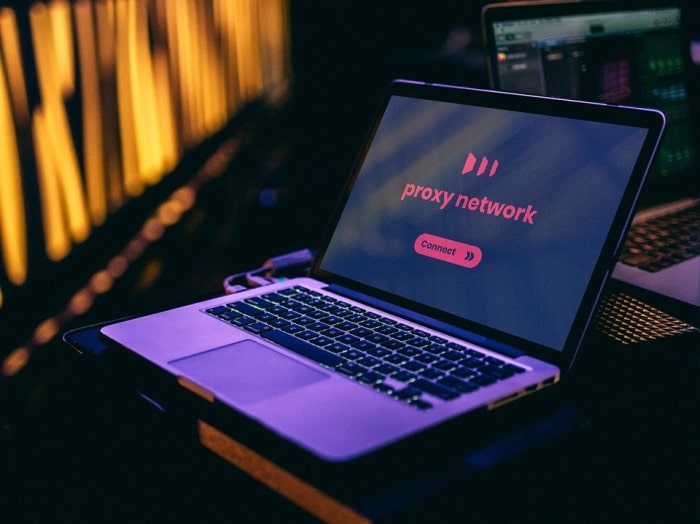Advanced technologies have created remote work opportunities that have transformed the way people work. Rather than commuting to an office every day, an increasing number of employees are logging in from home. From there, they can perform just as well as if they were physically present.
Although the popularity of remote work has measurable benefits for employers and employees, it creates new security challenges. To begin with, companies have less control over the devices that connect to their network. Consequently, they can be more vulnerable to viruses, malware, and other cyberattacks.
Additionally, lost or stolen devices can compromise sensitive business-related information. As a result, trade secrets as well as financial and customer data can become publicly disclosed. Fortunately, you can use the following guidelines to tighten security for your geographically dispersed team.
Create a Policy
Never assume that your team members are aware of the online threats that can affect their work and your business. Also, avoid assuming that they’re aware of security best practices. Instead, be proactive.
Create a written security policy that explains the threats that your remote workers face and how they can mitigate them. Make sure that this document is easy to read and provides clear guidelines for your geographically dispersed team members.
Also, make your policy easily accessible. In addition to distributing it in physical form, post it to your website or intranet. Present your security policy as the centerpiece of your organization rather than as an afterthought.
Make adherence to your business’ security policy a condition for employment. Every worker should acknowledge in writing that they have read the policy and will comply with it.
Provide Training
You can make compliance easier for your team by providing routine security training. Every year or six months, have your workers attend a live training class either in person or via a video conference. Such a practice helps to bake security consciousness into your company’s culture.
Always remember that your employees may not be as tech savvy as you are. So, what may seem like common sense to you might never occur to them. So, start with the basics to ensure that everyone has a minimal level of security competence.
Afterward, create incremental security training classes that will gradually lift your team to a high level of awareness and expertise.
For instance, you want everyone to know how to recognize and avoid phishing scams. Other topics such as password management and how to defend against ransomware attacks should also be understood.
Maintain Devices
Have you ever seen one of those pesky “update available” notices pop onto your screen while you were involved in a mission-critical task? After postponing the update, do you ever go back to complete it?
When an update rolls out at an inconvenient time, install it as soon as your device becomes available. In addition to maintaining the smartphones and laptops that your team members use, be sure to update your in-house servers and routers.
Also, you should take preventative measures that can minimize the damage caused by lost or stolen devices. For example, install disk encryption software that prevents anyone from booting a computer without a password.
Likewise, you should have remote-wipe apps installed on all your mobile endpoints. That way, if one of your remote workers loses a device, you can erase them to protect your proprietary data.
Secure Remote Connections
If you make it too easy for your geographically dispersed team to access your servers, you will also make access too easy for hackers. For this reason, you should try to find a balance.
Try configuring a virtual private network for your remote workers to use. Although this may require users to take an extra step while logging in, it adds a strong layer of security to your operation.
A VPN creates an encrypted tunnel between an endpoint and your server that prevents hackers and snoops from gaining access. This means that remote workers can safely use public WiFi as long as they establish a VPN connection before they do any work.
You might want to establish VPN use as an operational requirement. After all, many WiFi connections in hotels, schools, and homes are vulnerable to attack. If possible, configure your servers and cloud-based apps to reject connections that don’t come from a VPN.
Leverage the Cloud
You can acquire software applications for your business that make life easy for your remote workforce. Since the applications are accessible via web browsers and dedicated apps, practically anyone in the world can join your team.
Cloud-based applications have a lot to offer your company because they provide powerful features that, in the past, only large corporations can afford. Moreover, cloud apps can eliminate the unpredictable expenses that are associated with in-house IT departments.
In addition to convenience and affordability, the cloud can add security to your business. This happens because cloud developers use economies of scale to provide robust security.
To serve their large customer bases, cloud developers recruit security experts who use cutting-edge hardware and software solutions to harden their products. Ultimately, this means that your company can enjoy a higher level of security than you could ever provide in-house.
In conclusion, you can maintain a high level of security with a geographically dispersed team. First, you must use policies and training to create a strong, security-aware team. Then, build upon that foundation with proper maintenance, secure connections, and cloud technology.
BIO: Joe Peters is a Baltimore-based freelance writer and an ultimate tech enthusiast. When he is not working his magic as a marketing consultant, this incurable tech junkie enjoys reading about the latest apps and gadgets and binge-watching his favorite TV shows. You can reach him @bmorepeters










